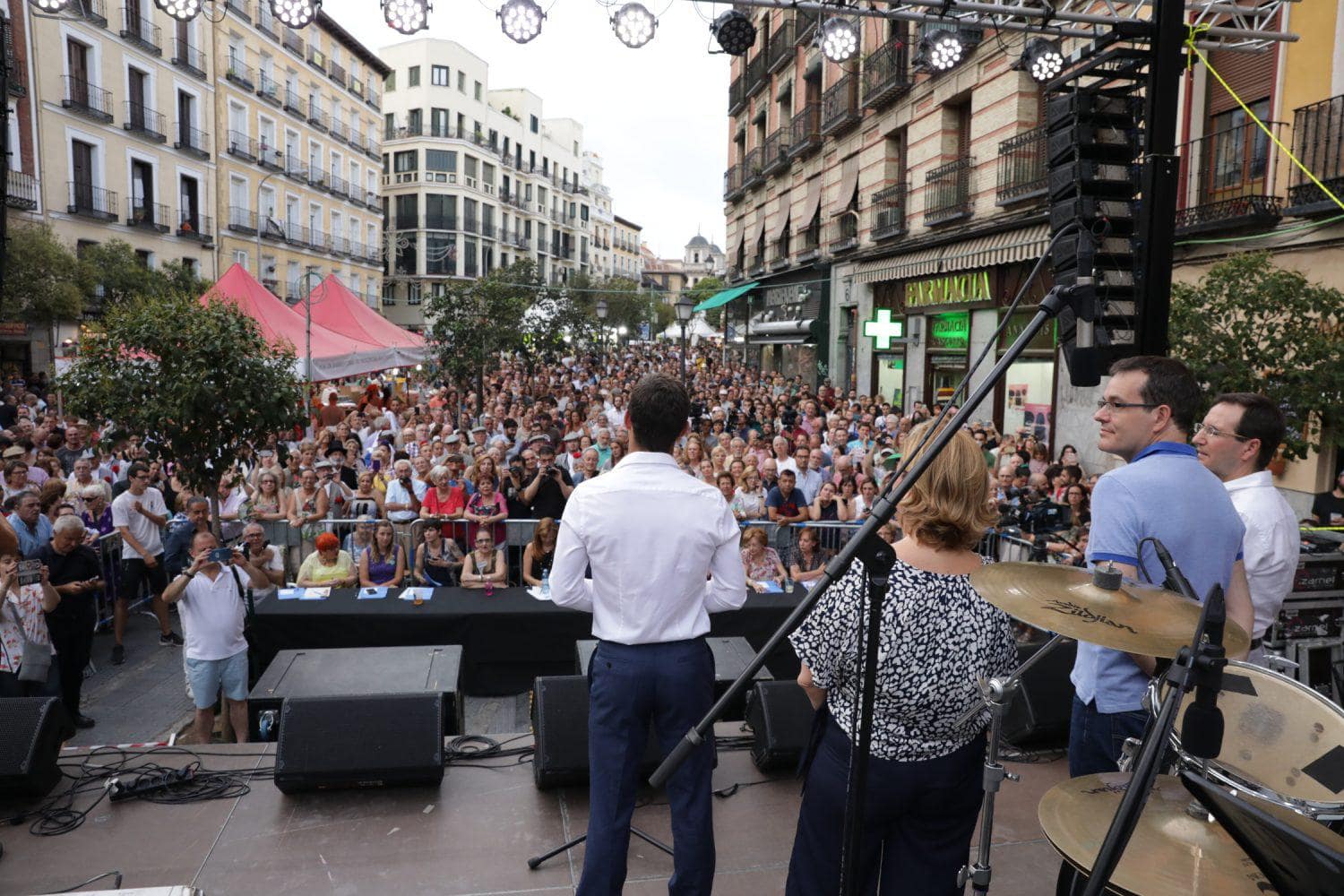Pregón: what it is, main features, structure and example
Contents
What is a proclamation?
It is an act of promulgation that is performed orally, which is why it is found in the types of oral literature given its involvement with speech. This act highlights aloud a topic that is of interest to the public, one of the best known examples and cases has to do with the announcement of the beginning of a celebration or event. It is for this reason that later the pregones accompanied by musical sounds begin to be given, passing then to a genre of music.
It is one of the few types of oral literature whose origin has been most closely approximated. In this case, it is considered that the pregonero, the character that gives life to the announcement of the pregón, has its peak between the end of the 19th century and the beginning of the 20th century. Subsequently, with the increase in the construction of buildings and new communication systems, the figure of the town crier was reduced.
Main characteristics of the town crier
Below we present a series of fundamental features that will allow a better understanding of this literary expression and thus distinguish it from other manifestations:
Function of the proclamation
The purpose of this type of promulgation acts has to do with attracting the attention of the greatest number of people who are in the place, so that once with it a message is given through which it is encouraged to continue being interested in the content of the message that is offered. However, this is not the only function, since in many cases it will also be used to offer a product.
Figure of the town crier
The town crier is considered to play a very important role in the beginning of the pregón, since at the beginning of the 20th century he was in charge of making the announcements aloud in the streets of the communities.
The pregonero was often a resident of a recognized area, although he or she was always on the move, announcing the message in different areas. They were people who were professionally engaged in other areas or had this function directly, although the most important thing was the mastery of the voice.
Current validity
Although the proclamation has been displaced and even reduced significantly, the truth is that today it continues to function in different ways through different purposes. The method is the same, although the message changes according to the intention and the area in which it is carried out. Today it is mainly used for the sale of products and is considered an important part of everyday slang in different regions of the world.

Structure of the town crier
Although the content and the form in which it is organized may vary according to the town crier, the region and even the intention of the message to be proclaimed, we can identify two essential elements that are presented below:
Beginning
Before delivering the message, the town crier must get the attention of the community so that his message reaches them in the right way once they are ready to listen. That is why this first part is focused on it through a greeting or an announcement so that they approach and learn about a topic that is of interest to them directly or indirectly.
Content
In this second part is the content of the message itself, which is proclaimed to the public in search of offering an issue or information that is of interest to them. This content can be formed by several elements, either by word games, use of affectionate nouns to capture the interested party, melodies, popular songs as an accompaniment to the message, among others.
Example of a pregón
Finally, we have an example of a pregón to observe how all the aspects mentioned above are applied, considering that there can be many modifications and ways of adapting it. This one is called “La lechera” (The Milkmaid):
Leche purita, leche sabrosa, de la borrosa vaquita.
Jasmine and rose ! pure chocolate milk,
Bate que bate pura espumita.
This proclamation is one of the most important of the colonial period in different areas of the world, since it was often women who were in charge of selling milk with the help of mules in which they transported the product.
To learn more about other manifestations of oral literature, remember that we have a section dedicated to this category. Also in the Literature section you can find a complete tour of all the literary manifestations that have been developed throughout history.
